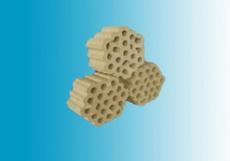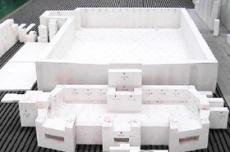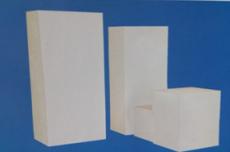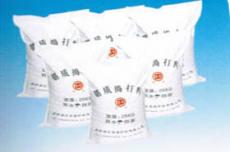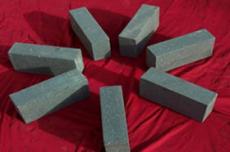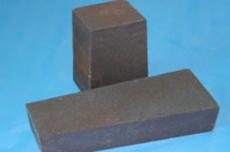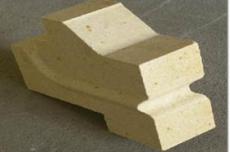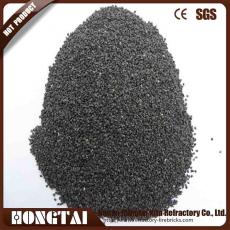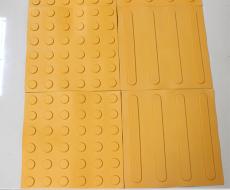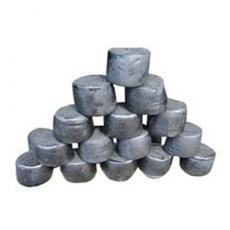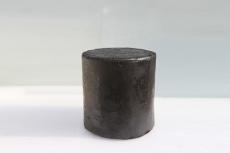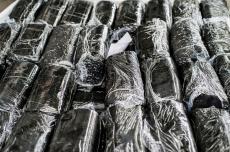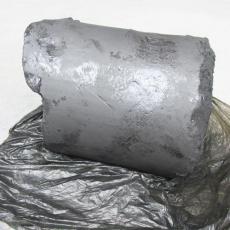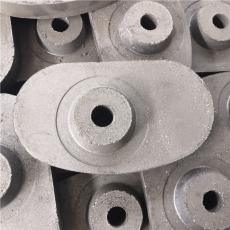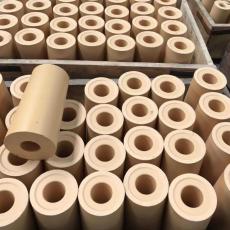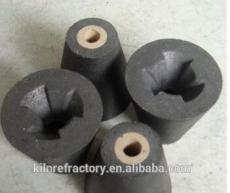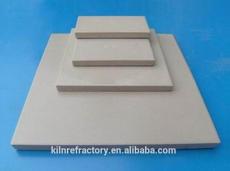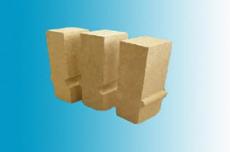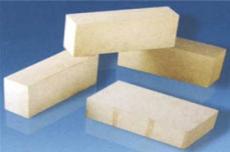
The application of refractory materials in nonferrous metallurgy industry is extremely extensive and important, which is mainly reflected in the following aspects:
I. Lining and protection of high-temperature equipment
1. Furnace and furnace wall parts
In the process of nonferrous metallurgy, various high-temperature furnaces such as smelting furnaces, refining furnaces, roasting furnaces, etc. need to use refractory materials as lining. These materials can effectively isolate high temperature, reduce heat loss, and protect the furnace structure from high temperature erosion, thereby ensuring the long-term stable operation of the equipment.
2. Pipes and valves
In the production process of nonferrous metallurgy, pipelines and valves involving high temperature, high pressure, and corrosive media also need to be protected by refractory materials. Refractory materials can resist these harsh conditions, prevent pipelines and valves from deformation and corrosion due to high temperature, and ensure the continuity and safety of the production process.
II. Improve production efficiency and product quality
1. Extend the service life of equipment
High-quality refractory materials can resist the erosion of high temperature, slag and corrosive gases, thereby extending the service life of nonferrous metallurgical equipment. This not only reduces the frequency of equipment replacement and maintenance, but also reduces production costs and improves production efficiency.
2. Maintain a stable furnace temperature and atmosphere
The stability and durability of refractory materials help maintain the stability of furnace temperature and atmosphere, providing good environmental conditions for non-ferrous metallurgical reactions. This is conducive to the smooth progress of the reaction and improves the quality and output of the product.
III. Adapt to complex process requirements
1. Application of various types of refractory materials
Different types of refractory materials need to be selected according to the different requirements of non-ferrous metallurgical processes. For example, for equipment that needs to withstand extremely high temperatures, high-purity alumina, silicon carbide and other refractory materials can be selected; and for equipment that needs to resist highly corrosive media, magnesia-chrome bricks and high-alumina bricks with excellent corrosion resistance can be selected.
2. Development of customized refractory materials
With the continuous progress and development of non-ferrous metallurgical processes, higher requirements are also placed on refractory materials. In order to meet these requirements, refractory manufacturers need to continue to innovate and develop customized refractory materials. These materials can be designed and produced according to specific process conditions and equipment requirements to better adapt to complex process requirements.
IV. Environmental protection and sustainable development
1. Environmental performance requirements
With the increasingly stringent environmental regulations, the non-ferrous metallurgical industry has also put forward higher requirements for the environmental performance of refractory materials. Refractory manufacturers need to pay attention to the environmental performance of materials, such as reducing energy consumption and emissions in the production process, and improving the recyclability of materials, in order to meet the needs of sustainable development in the industry.
2. Circular economy and resource conservation
The promotion of high-performance and long-life refractory materials in the non-ferrous metallurgical industry will help achieve circular economy and resource conservation. These materials can reduce the number of equipment replacement and maintenance, reduce the consumption and waste of raw materials; at the same time, the recycling and reuse of waste refractory materials can also reduce waste emissions and resource waste.
The application of refractory materials in the non-ferrous metallurgical industry plays a pivotal role. They not only protect the safe operation of high-temperature equipment and extend the service life, but also improve production efficiency and product quality; at the same time, with the strengthening of environmental protection regulations and the popularization of the concept of sustainable development, the environmental performance and resource conservation of refractory materials will also become an important direction for future development.
